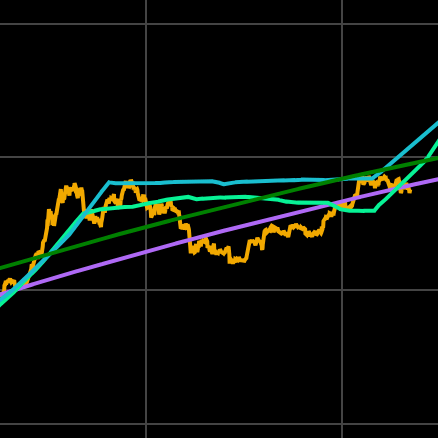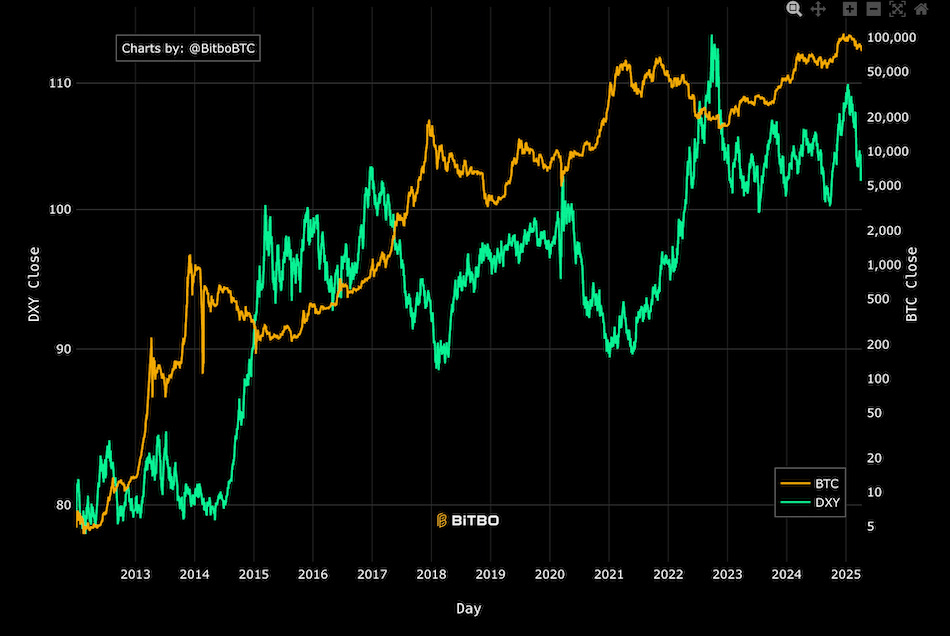
Key Takeaways
- Major legacy media outlets offer minimal Bitcoin coverage compared to finance-focused publications.
- Business outlets like Forbes and CNBC provide more constructive and frequent reporting on Bitcoin ETFs, adoption, and mining.
- Institutional investors relying solely on low-volume media risk missing key market developments and regulatory changes.
A recent survey by Bitcoin analysis firm Perception examined 1,116 Bitcoin-related stories across 18 mainstream news outlets in the second quarter of 2025, revealing a significant gap in coverage and sentiment.
The report found that coverage was 31% positive, 41% neutral, and 28% negative overall.
Legacy pulications
Sparse reporting was especially notable among legacy publications.
The Wall Street Journal published only two articles about Bitcoin, while the Financial Times and The New York Times each ran just 11 stories.
These numbers trailed all finance-oriented outlets and even some mid-tier general news sources.
Perception described this as an “editorial blind-spot risk,” warning that institutional investors relying on these sources could be making portfolio decisions with incomplete information.
High-volume media
High-volume business outlets, such as Forbes, CNBC, and Fortune, accounted for the most constructive coverage.
Forbes published 194 Bitcoin articles with a positive-to-negative ratio of about 1.8:1, while CNBC’s 141 stories showed a 2.5:1 ratio.
Fortune filed 117 stories that leaned slightly positive.
These outlets frequently focused on adoption data, exchange-traded funds (ETFs), treasury allocations, and mining economics, presenting Bitcoin as a serious macro asset.
Negative narratives
Negative narratives were more common at general interest outlets.
The Independent ran 45 stories with a 2.3:1 negative tilt, while Fox News and Barron’s also leaned skeptical, emphasizing crime, cybersecurity, and volatility.
Perception grouped media into three camps: enthusiastic adopters (Forbes, CNBC), minimalists (WSJ, FT, NYT), and persistent skeptics.
The report stresses that information asymmetry can carry real consequences as Bitcoin’s liquidity rivals that of G-10 currencies and spot ETFs reach record volumes. Investors who monitor only low-volume media risk missing key regulatory, fund flow, and corporate treasury developments.
The coverage split, Perception concluded, “creates both risk and opportunity: risk for institutions that depend on undersupplied channels and opportunity for readers who follow the outlets that closely track market mechanics.”




